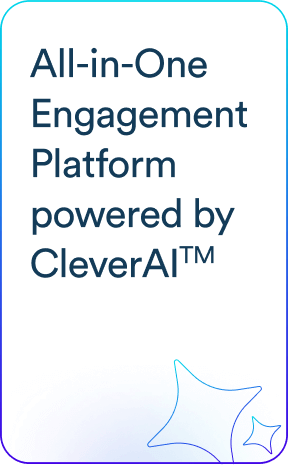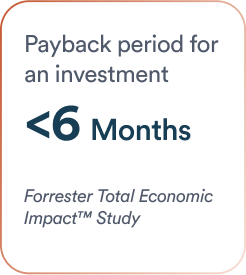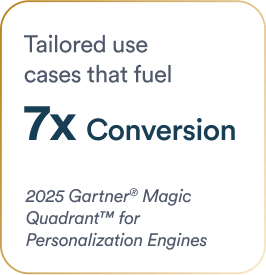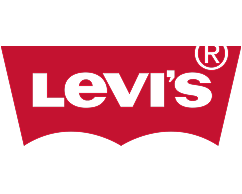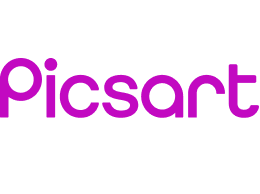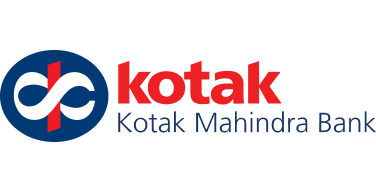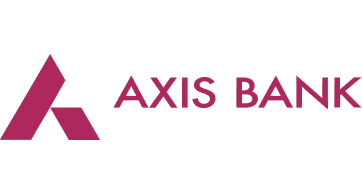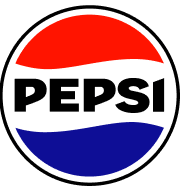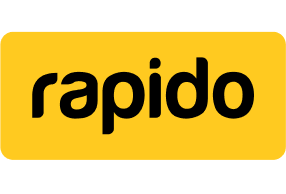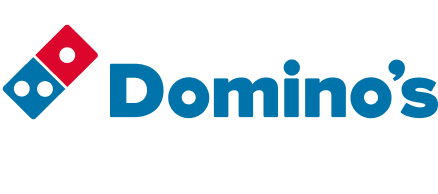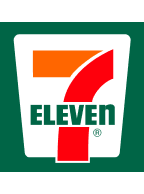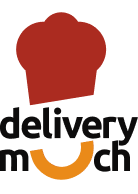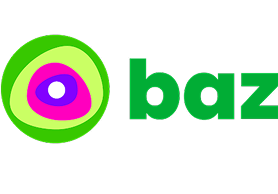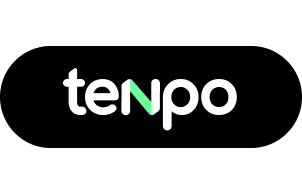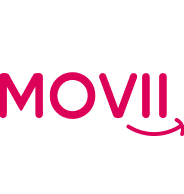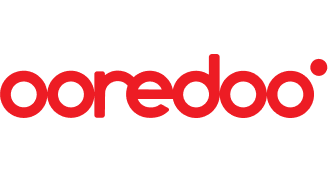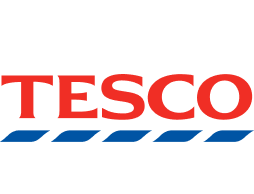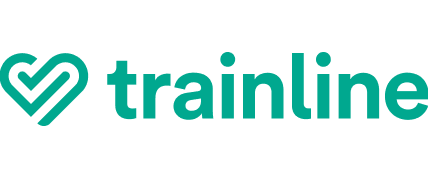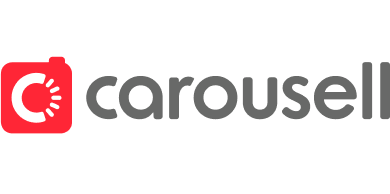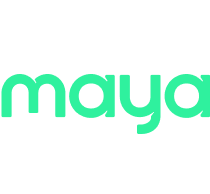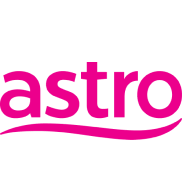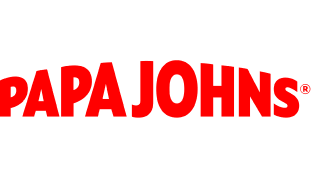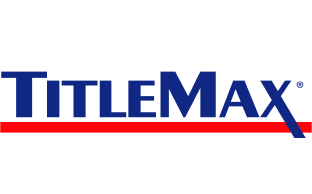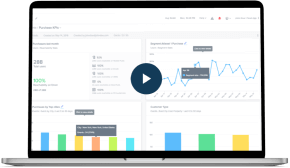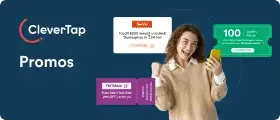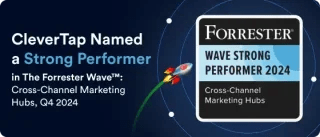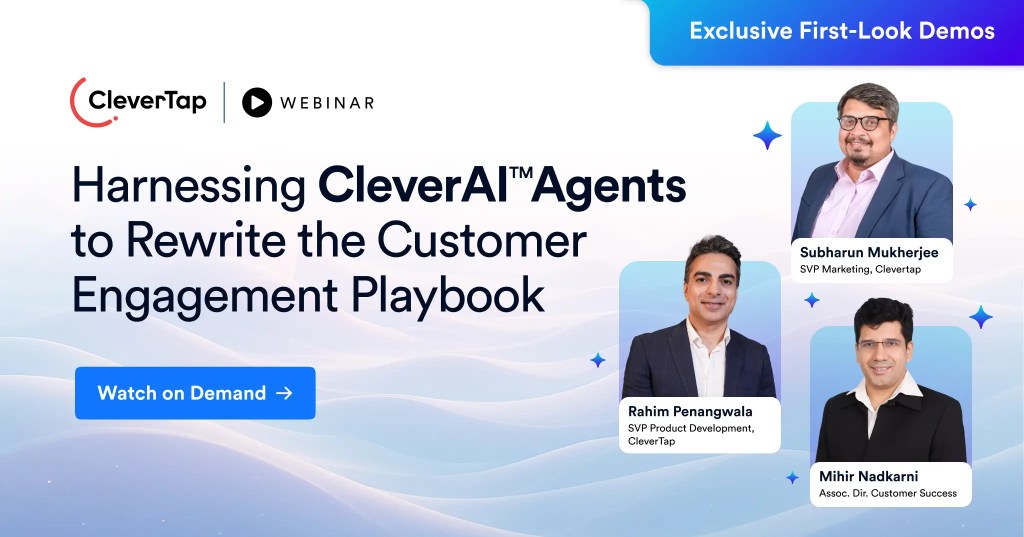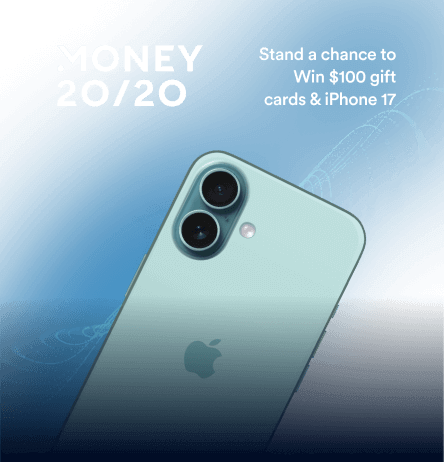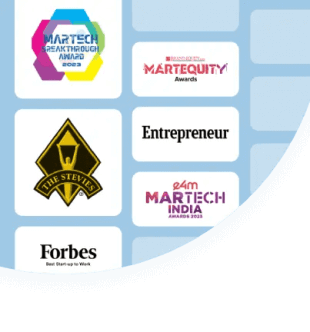Understanding your customers is essential for effective marketing, but traditional segmentation often falls short of capturing the complexity of human behavior. Persona segmentation goes beyond broad categories, grouping customers into detailed, personality-driven segments for more precise targeting.
This blog provides a detailed overview of persona segmentation, how it enables businesses to craft tailored marketing strategies for better customer engagement and experience, its implementation, benefits, and more.
What is Persona Segmentation?
Persona segmentation is an advanced customer segmentation strategy that categorizes customers into distinct personas based on behaviors, motivations, needs, and preferences. It builds on the concept of buyer personas by grouping similar personas together to create more effective marketing strategies.
Instead of relying solely on broad demographic categories, persona segmentation helps businesses move beyond surface-level segmentation to understand their customers on a deeper, more personal level by incorporating motivations, pain points, and purchasing behaviors. This human-centric approach equips marketers to craft campaigns and strategies that speak directly to each group’s specific needs and preferences.
For example, instead of segmenting users by demographics alone, such as women aged 25-35 who live in urban areas and earn $60K-$80K per year, persona-based segmentation could define them as “Health-conscious working professionals” who prioritize convenience, use fitness apps, and respond to nutrition-based content.
User Segment Vs. User Persona: What is the Difference?
A user segment is a broad classification of customers who share common characteristics, while a user persona provides a more nuanced, detailed representation of a specific type of customer within that segment.
While both approaches aim to organize and understand customers, user personas go deeper by considering motivations, behaviors, and preferences rather than just customer demographics. Let’s look at the key differences between the two.
| User Segments | User Personas | |
| Level of Detail | Focused on broader groupings. | Provide deeper insights into customer mindsets. |
| Data Type | Rely primarily on quantitative data, such as age, purchase frequency, or location. | Incorporate qualitative data, such as interests, frustrations, and buying motivations. |
| Application in Marketing | Help with general targeting and resource allocation | Help inform highly personalized content, product recommendations, and customer experiences. |
For example, for a streaming service, a user segment could be users who subscribe to the premium tier, while the user persona would be “Binge-Watchers” who consume multiple shows in one sitting and prioritize exclusive content.
Get inspired by 21 customer segmentation examples from top brands. Explore Now.
Benefits of Persona Segmentation in Marketing
Using persona segmentation in marketing engenders several advantages to businesses, including:
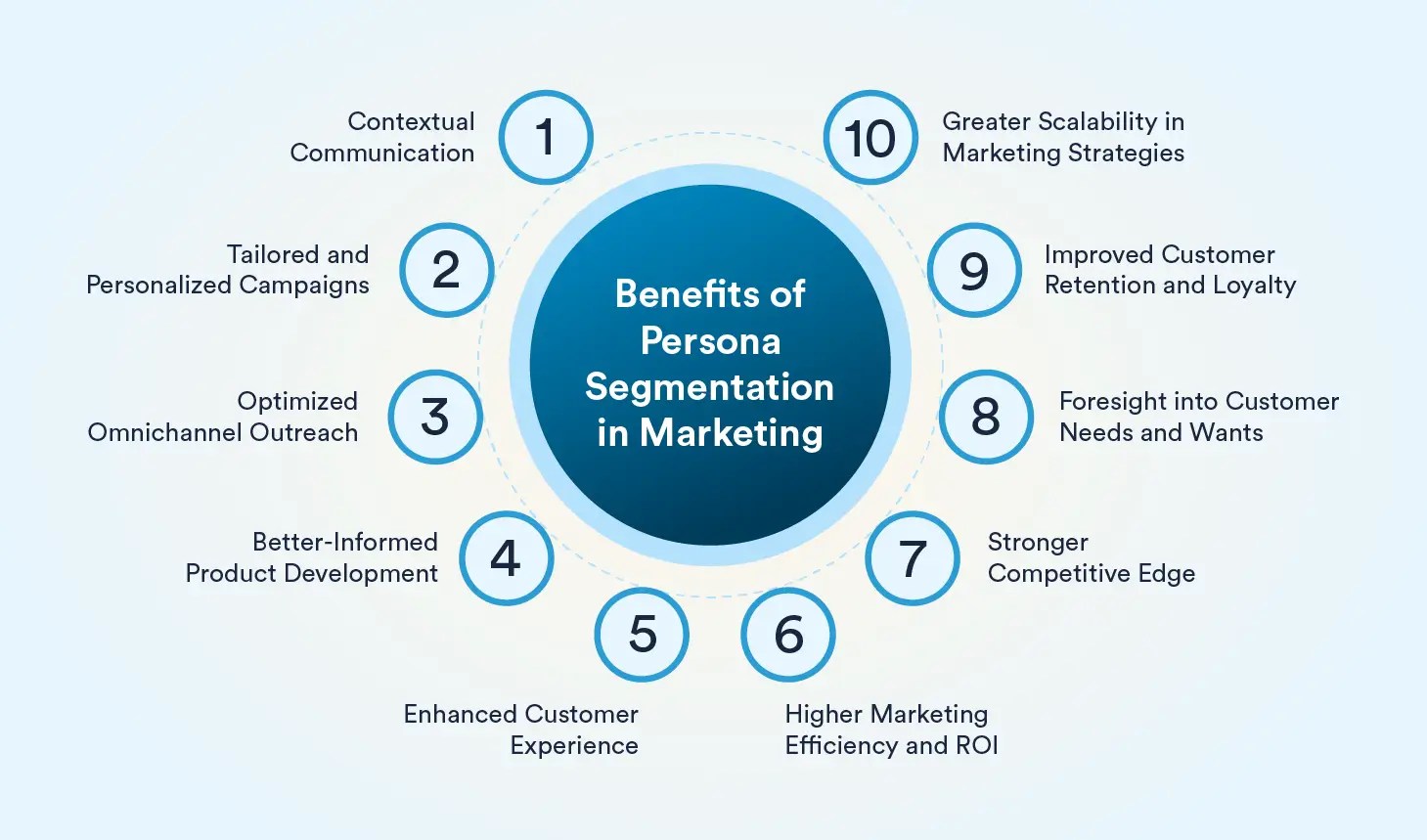
1. Contextual Communication
By understanding persona-specific motivations, brands can craft highly relevant messages that resonate with each unique audience, making marketing feel more personal and engaging. This leads to stronger emotional connections, improved brand perception, and greater engagement.
2. Tailored and Personalized Campaigns
Instead of spray-and-pray campaigns, businesses can develop persona-driven marketing campaigns that are aligned with users’ pain points, goals, and preferences, ensuring higher engagement and conversions.
3. Optimized Omnichannel Outreach
Different personas engage with brands through different platforms. By identifying preferred communication channels, marketers can optimize outreach efforts.
4. Better-Informed Product Development
Persona-based segmentation helps businesses align product features and improvements with customer needs, ensuring that updates and innovations resonate with the right audience.
5. Enhanced Customer Experience
From website navigation to customer service, companies can personalize the user journey based on persona preferences, leading to higher satisfaction and brand loyalty.
6. Higher Marketing Efficiency and ROI
With precise targeting, persona segmentation eliminates wasted marketing spend, ensuring that efforts are directed toward the highest-value customers, leading to better overall campaign performance and profitability.
7. Stronger Competitive Edge
Brands that deeply understand their customer personas can craft personalized experiences that differentiate them from competitors.
8. Foresight into Customer Needs and Wants
With a data-driven persona strategy, businesses can anticipate changes in customer behavior and proactively adjust marketing strategies to stay ahead of trends.
9. Improved Customer Retention and Loyalty
By catering to customers’ specific needs and delivering personalized experiences, businesses can increase customer satisfaction and foster long-term brand loyalty, reducing churn rates.
10. Greater Scalability in Marketing Strategies
As businesses grow, persona segmentation ensures that marketing efforts remain scalable by providing a structured framework for audience targeting. Companies can expand their reach while maintaining a high level of personalization.
Methods to Conduct Persona Segmentation
Here are some of the common methods to conduct persona segmentation.
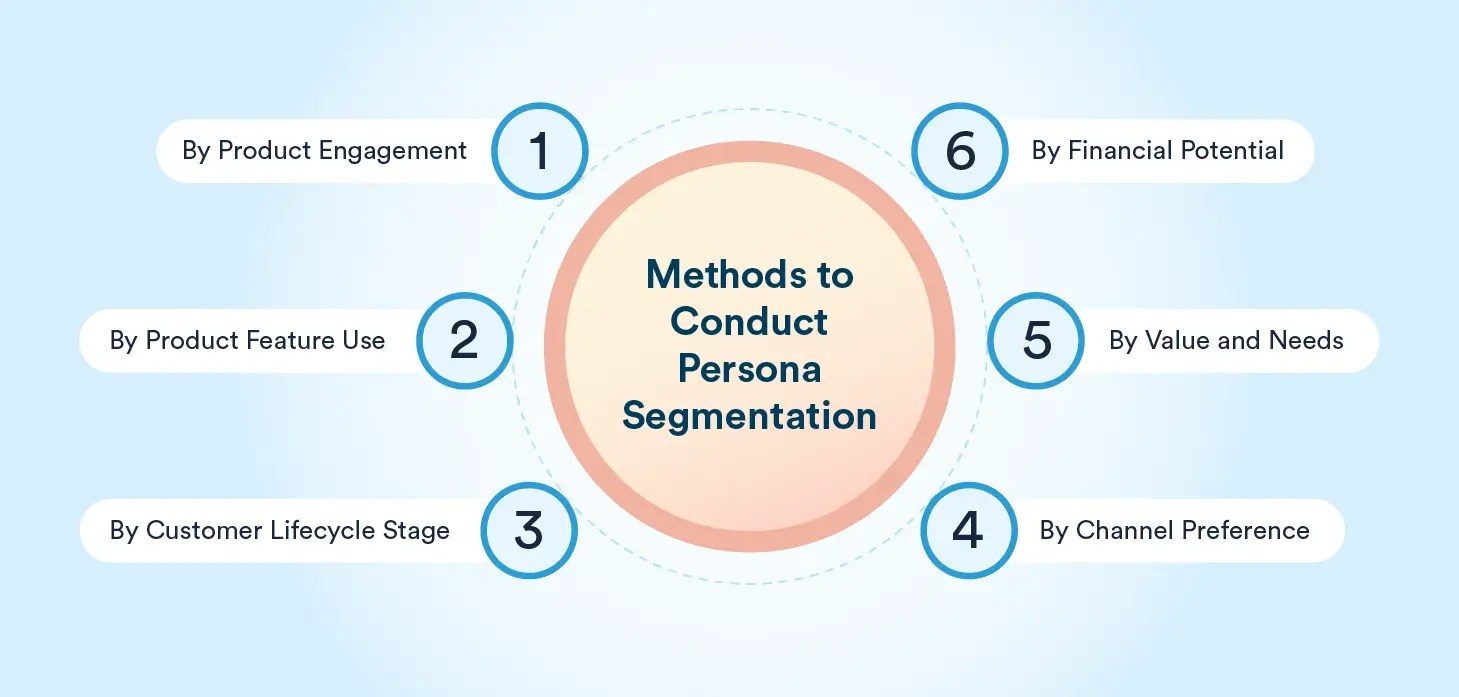
1. By Product Engagement
Customers engage with products and services at different frequencies, and this behavior can be a strong indicator of their needs and expectations. By segmenting users based on their engagement levels, businesses can tailor marketing efforts accordingly. For example, a streaming service segments users into:
- Daily Watchers: Those who stream content every day and may benefit from personalized recommendations.
- Weekend Bingers: Those who prefer consuming content in bulk and might be interested in special weekend recommendations.
- Occasional Viewers: Those who need re-engagement tactics like exclusive offers or reminder emails.
2. By Product Feature Use
Some customers utilize only the basic functions of a product, while others take full advantage of advanced features. Segmenting personas based on feature usage helps businesses provide relevant education, upsells, and retention strategies. For example, a customer relationship management (CRM) platform segments users into:
- Basic Users: Those who log contacts and need onboarding support.
- Power Users: Those who automate workflows and may benefit from advanced analytics features.
- Team Collaborators: Those who rely on shared team dashboards and could be targeted for enterprise-level upgrades.
3. By Customer Lifecycle Stage
Identifying where customers are in their journey allows businesses to deliver the right message at the right time. Customers at different lifecycle stages require different types of engagement. For example:
- New Prospects receive educational content and product demonstrations.
- Active Users get retention campaigns and loyalty rewards.
- Churn Risks receive re-engagement campaigns with special incentives.
4. By Channel Preference
Not all personas prefer the same communication channels. Understanding where and how different personas engage allows brands to optimize messaging strategies. For example:
- Gen Z consumers are more likely to engage through TikTok and Instagram.
- B2B decision-makers prefer LinkedIn and personalized email outreach.
- Mobile-first users respond better to in-app push notifications and SMS campaigns.
5. By Value and Needs
Different personas have different motivations and pain points. Segmenting based on what customers are trying to achieve ensures that marketing campaigns align with their specific needs. For example, a financial app segments users into:
- Budgeters: Those who need budgeting tools and cost-saving tips.
- Investors: Those who are looking for financial growth strategies and stock insights.
- Debt Reducers: Those who require debt management solutions and financial planning assistance.
6. By Financial Potential
Some customers have higher long-term value than others. By categorizing customers based on financial impact, businesses can prioritize efforts toward high-value segments. For example, an e-commerce store segments users into:
- One-Time Buyers: Those who need targeted retargeting campaigns to encourage repeat purchases.
- Loyal Customers: Those who benefit from VIP loyalty programs and early access deals.
- High-Value Shoppers: Those who receive premium experiences, such as personalized customer support and exclusive products.
Persona Segmentation Examples
Let’s look at some examples of persona segmentation across industries and how it enhances customer engagement and conversions.
1. E-commerce Company: Fashion Retailer
By segmenting personas, a fashion e-commerce brand can tailor its marketing efforts. Trendsetters drive exclusivity marketing, budget-conscious shoppers increase volume sales, and eco-conscious consumers build brand credibility and long-term loyalty.
| Persona | Demographics | Behavior & Pain Points | Engagement Strategy |
| Trendsetters (Fashion Enthusiasts) | 18-30 years old, urban dwellers, high engagement on social media. | Actively follows fashion trends, frequently shops for new arrivals, and prefers exclusive and limited-edition items.Wants unique styles, dislikes mass-market products, and expects fast delivery. | Personalized recommendations based on trending items.Early access to limited-edition drops.Collaborations with influencers. |
| Budget-Conscious Shoppers | 25-45 years old, middle-income, discount seekers. | Shops during sales, compares prices and reads reviews before purchasing.Concerned about price and value, hesitant about quality. | Loyalty programs with discounts.Cart abandonment reminders with coupon offers.“Best value for money” product highlights. |
| Eco-Conscious Consumers | 22-40 years old, environmentally aware, prefers sustainable fashion. | Looks for eco-friendly brands, willing to pay a premium for sustainability.Difficulty finding genuine sustainable products, skeptical of greenwashing. | Storytelling around ethical sourcing and sustainability.Exclusive eco-friendly product lines.Partnerships with charities supporting sustainability. |
2. Fitness App: Home Workout & Nutrition Tracking
A fitness app benefits from these personas by addressing different levels of fitness commitment. Busy professionals stay engaged with time-efficient workouts, newbies feel supported with structured programs, and enthusiasts get advanced features to stay committed—leading to higher retention and user satisfaction.
| Personas | Demographics | Behavior & Pain Points | Engagement Strategy |
| Busy Professionals | 30-50 years old, full-time employees, limited time for workouts. | Prefers quick workouts, tracks calories, and follows a structured plan. Struggles to maintain consistency due to a busy schedule. | AI-generated custom workout plans based on free time. Push notifications for motivation and reminders. Short, high-impact workouts (HIIT, 15-minute routines). |
| Fitness Newbies | 18-35 years old, trying to get fit for the first time. | Unfamiliar with exercises, needs step-by-step guidance. Feels intimidated by fitness culture, unsure where to start. | Beginner-friendly video tutorials. Community support groups for encouragement. Gamification (badges, streak tracking) to keep motivation high. |
| Athletes & Fitness Enthusiasts | 25-45 years old, experienced in fitness, seeks advanced training. | Uses data-driven approaches, and tracks progress closely. Needs advanced analytics, and progressive workout challenges. | Detailed performance tracking & progress insights. Advanced training modules (marathon prep, strength training). Challenges and leaderboards for community engagement. |
How to Implement Persona Segmentation
Here are the steps to create a dynamic, data-driven persona segmentation strategy that evolves with customer needs and market trends, ensuring sustained engagement and higher ROI.
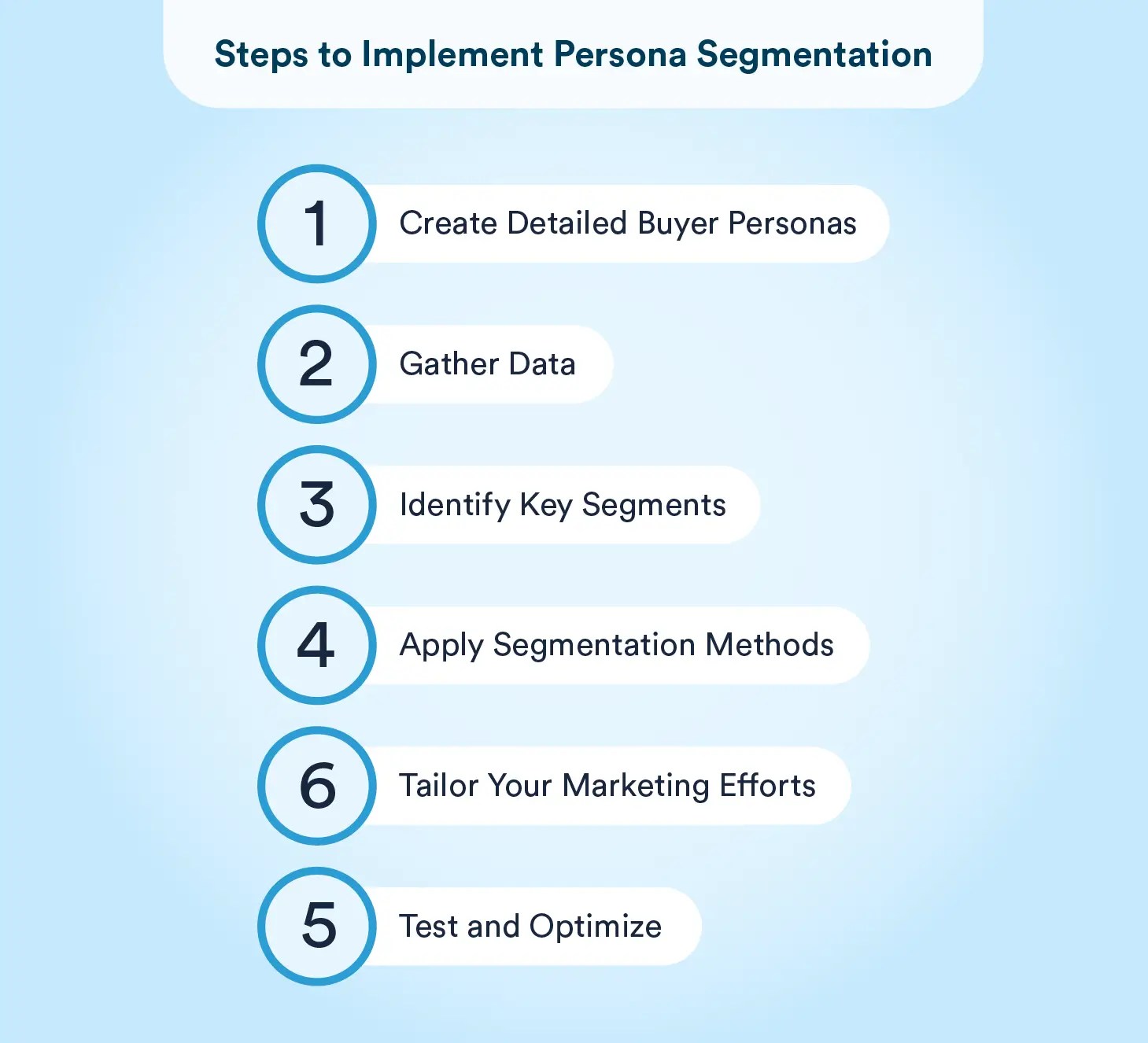
Step 1: Create Detailed Buyer Personas
The first step in persona-based segmentation is developing a clear and detailed understanding of your target customers. This requires extensive research, including conducting customer surveys, interviews and focus groups, and social media and community analysis.
Step 2: Gather Data
To segment personas effectively, businesses need a robust data collection strategy, spanning CRM and customer support data, web analytics, transactional data, and third-party data. Advanced analytics platforms, AI-powered tools, and data management solutions help businesses consolidate this data into meaningful segments.
Step 3: Identify Key Segments
Once the data is collected, businesses must analyze patterns and similarities to identify key persona segments. This involves performing clustering analysis to group customers based on shared behaviors and attributes, understanding engagement metrics, and identifying what factors influence customer choices.
Step 4: Apply Segmentation Methods
After identifying persona segments, businesses should apply appropriate segmentation methods, such as behavioral, lifecycle, financial, and other segmentations, to further refine their approach.
Step 5: Tailor Your Marketing Efforts
Once personas are established, businesses can create hyper-personalized marketing strategies. This includes content and messaging personalization, ad targeting and retargeting, personalized product recommendations, and more.
Step 6: Test and Optimize
Persona segmentation is not a one-time process; businesses must continuously refine their strategy through A/B testing, performance monitoring, and feedback loops.
How CleverTap Helps You With Persona Segmentation
CleverTap helps with persona segmentation by leveraging advanced AI-driven segmentation models, real-time behavioral analytics, and deep user profiling. Here’s how it works:
1. Real-Time Segmentation: The CleverTap platform enables grouping users into dynamic, real-time segments based on behaviors, preferences, and past interactions, for accurate and timely engagement.
2. Advanced RFM Segmentation: CleverTap’s Recency, Frequency, and Monetary (RFM) model automatically categorizes users into 10 unique audience segments, enabling marketers to trigger personalized campaigns.
3. AI-Powered Intent-Based Segmentation: CleverTap predicts which users are likely to churn or convert within a specific timeframe. This predictive capability enhances marketing ROI by enabling proactive engagement
4. Lifecycle Stage Mapping: CleverTap categorizes users based on their position in the customer lifecycle (e.g., New, Engaged, Churned, etc.). It enables marketers to move users from one stage to the next efficiently.
5. Deep Customer Insights & Long-Term Data Storage: Powered by TesseractDB™, CleverTap retains data for up to 10 years, allowing marketers to access a full user history and create hyper-personalized campaigns.
6. Cross-Channel Engagement & Optimization: Once segments are created, CleverTap enables automated, omnichannel engagement across email, push notifications, WhatsApp, SMS, web pop-ups, and more.
The Future of Marketing: Personalization Through Persona Segmentation
Persona segmentation is a pivotal marketing strategy in today’s data-driven landscape. By understanding customers beyond traditional demographics and embracing a persona-driven approach, businesses can unlock a deeper level of engagement, personalization, and relevance in their marketing campaigns.
As markets continue to evolve, businesses that leverage persona segmentation effectively will stay ahead of the competition, delivering hyper-personalized experiences that truly resonate with their audience.
Request a Demo today to see how persona segmentation can transform your marketing strategy!
Kiran Pius 
Leads Product Launches, Adoption, & Evangelism.Expert in cross-channel marketing strategies & platforms.
Free Customer Engagement Guides
Join our newsletter for actionable tips and proven strategies to grow your business and engage your customers.

